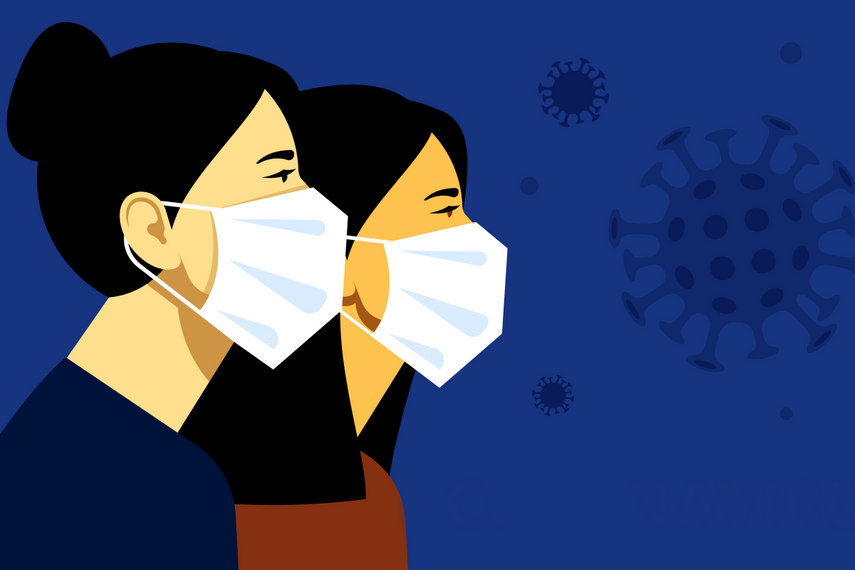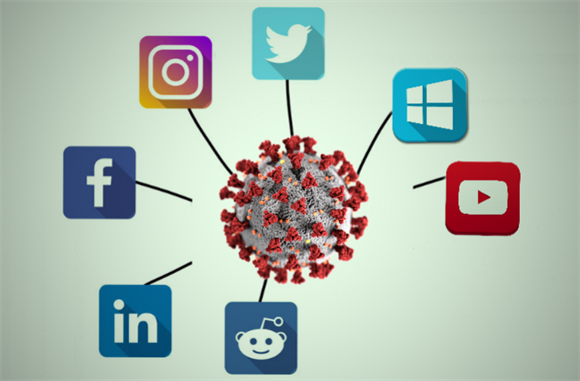In times of global health crises, the media plays an indispensable role in shaping public understanding and response. The COVID-19 pandemic, in particular, has highlighted media’s role in pandemic response as a crucial factor in managing the spread of the virus and ensuring the effectiveness of public health measures.
By delivering accurate information, raising awareness, and countering misinformation, the media has significantly influenced how governments, healthcare systems, and communities navigate through the challenges of a pandemic. Its role in crisis communication cannot be understated, as it directly impacts the success of global health management strategies.
The role of media in providing pandemic-related information
One of the most critical aspects of media’s role in pandemic response is its ability to provide the public with accurate and timely information. In times of crisis, reliable communication is essential to ensure the safety and health of communities worldwide. Let’s explore how the media performs this role through two key functions: delivering accurate information and raising public awareness.
Delivering accurate information
During a pandemic, the demand for accurate data on infection rates, government policies, and preventive measures becomes paramount. Media’s role in pandemic response is vital in ensuring that this information is sourced from trustworthy channels, such as global health organizations, governments, and verified health experts.
Trusted sources for data, preventive measures, and healthcare policies: Media outlets act as intermediaries, translating complex data and policies from trusted sources like the World Health Organization (WHO) or the Centers for Disease Control and Prevention (CDC) into easily digestible formats for the general public. Whether it’s updates on vaccine availability, lockdown measures, or healthcare services, the media ensures that these updates are communicated clearly and consistently.
Limiting the spread of fake news and misinformation: Unfortunately, pandemics are often accompanied by a surge in misinformation and fake news. False claims about treatments, conspiracy theories, and anti-vaccine movements can undermine public health efforts. Media’s role in pandemic response includes the critical task of fact-checking and combating misinformation by presenting verified facts and debunking false claims. This helps reduce confusion and prevent potentially harmful behaviors.

Raising public awareness
In addition to delivering facts, another essential function of the media is to raise public awareness about preventive health practices. Media’s role in pandemic response extends beyond reporting numbers; it is instrumental in educating the public on how they can protect themselves and their communities.
Media helps the public understand risks and the benefits of protective measures like social distancing and vaccination: Throughout the pandemic, the media has played a pivotal role in explaining why certain protective measures are necessary. From the early days of social distancing mandates to the global vaccine rollouts, the media has been essential in communicating the importance of these strategies in curbing the spread of the virus.
Promoting the use of masks and personal hygiene practices: Simple but effective actions, like wearing masks and maintaining hand hygiene, have been crucial in the fight against the pandemic. Through campaigns, interviews with health professionals, and public service announcements, the media has encouraged people to adopt these habits. Media’s role in pandemic response here is to keep the public informed about the benefits of these practices, helping to normalize them in everyday life.

Media in promoting public health policies
In the fight against pandemics, media plays a pivotal role not only in disseminating information but also in promoting public health policies. Media’s role in pandemic response goes beyond simply reporting facts; it helps bridge the gap between public health authorities and the community. Two key areas where this influence is particularly evident are supporting vaccination campaigns and facilitating community feedback.
Supporting vaccination campaigns
Vaccination campaigns have been a cornerstone of efforts to control the spread of COVID-19 and other infectious diseases. However, the success of these campaigns largely depends on public trust and understanding, areas where media’s role in pandemic response is essential.
Building trust in vaccines and vaccination campaigns: Media outlets, through news reports, interviews with health experts, and educational campaigns, have played a critical role in fostering public trust in vaccines. This is especially important in combating vaccine hesitancy, where misinformation or a lack of understanding can hinder immunization efforts. By providing reliable information about vaccine safety, the media helps individuals make informed decisions.
Providing transparent information about vaccine efficacy and side effects: Transparency is key to maintaining public confidence in vaccines. Media’s role in pandemic response includes delivering clear, evidence-based information about how vaccines work, their effectiveness, and potential side effects. By addressing common concerns and providing expert opinions, the media ensures that the public is well-informed and reassured about the vaccination process.
Community feedback
An often overlooked but vital aspect of media’s role in pandemic response is its ability to facilitate communication between governments, health organizations, and the public. In times of crisis, public health policies must be adaptable, and understanding community needs and concerns is crucial.
Media as a bridge for community feedback on public health policies: Media channels such as news outlets, social media platforms, and talk shows provide a space for the public to voice their experiences and reactions to government policies. Through interviews, opinion pieces, and public forums, the media enables governments and health organizations to gather valuable feedback. This helps policymakers adjust strategies to better meet the needs of the population, whether it’s addressing vaccine distribution issues, clarifying guidelines, or modifying restrictions.

Media’s contribution to post-pandemic recovery
As the world moves into the post-pandemic era, media’s role in pandemic response is crucial for recovery. The media promotes economic revitalization by highlighting local businesses and providing information about financial aid, encouraging community support and engagement. Additionally, it supports mental health by raising awareness of challenges and offering resources, helping normalize conversations around well-being.
Moreover, the media fosters community resilience by encouraging civic engagement and sharing success stories that inspire hope. By keeping the public informed about evolving health guidelines and facilitating dialogue with health authorities, the media plays a vital role in rebuilding trust and guiding communities toward a healthier future.
Media’s role in pandemic response has proven to be a crucial factor in global health crisis management. By delivering accurate information, combating misinformation, and raising public awareness, the media has not only informed but also empowered communities to navigate the challenges of the pandemic. Its contributions to promoting public health policies, supporting vaccination campaigns, and facilitating community feedback have been instrumental in building resilience and trust. As we move forward, the media will continue to play an essential role in shaping public perception and response, ensuring that societies emerge stronger and more informed in the face of future health crises.
